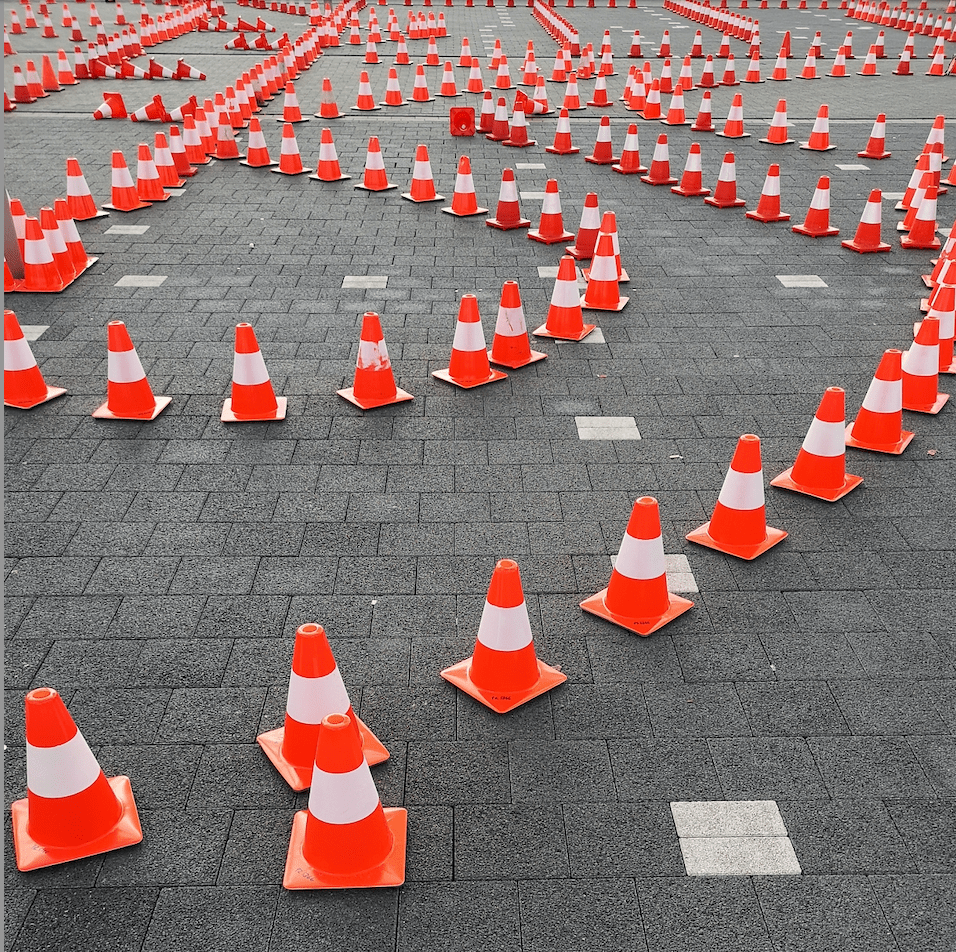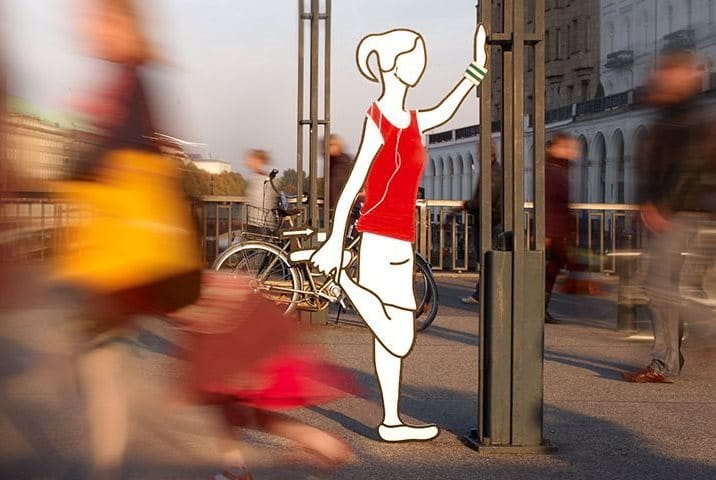There is no such thing as “wrong” lifting
Best techniques on how to lift heavy objects

It’s important to realise that this is not because we use an incorrect lifting technique. After all, why should lifting a removal box be more difficult than lifting a weight at your gym?
The important thing is to know that your body will tell you what it is capable of and how far it will cooperate. Also, there is no right or wrong way to lift. Your body will use the logical and most natural physical approach to lifting your load.












